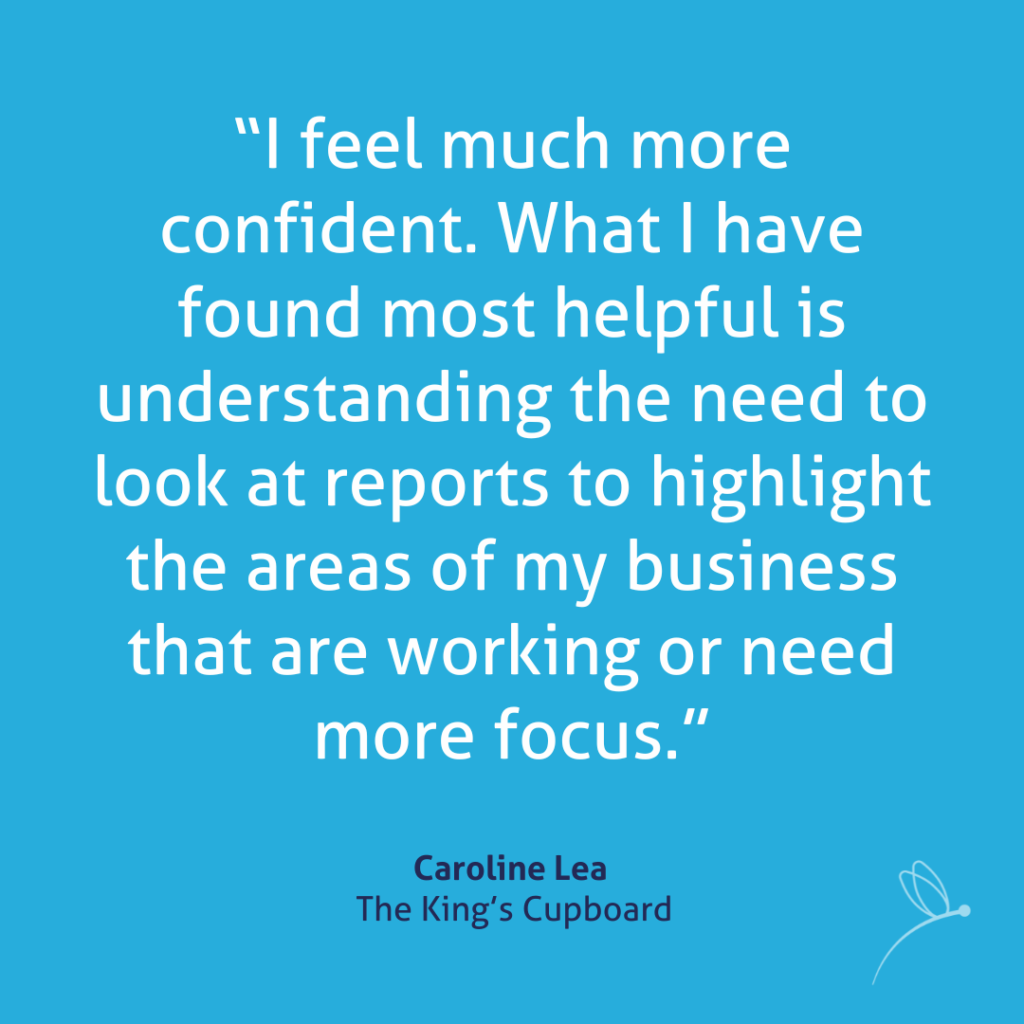BUSINESS ADVICE BASED ON ACCURATE ACCOUNTING
GLOSSARY OF TERMS
Here is an explanation of some of the terms used in Business Accounting and Finance to help you speak the same language as your bookkeeper and accountant.
Financial Statements or Reports
Profit and Loss account or Income Statement
A summary report showing the activity of the entity over a fixed period of time, usually a year. It is a record of historic transactions and prepared after the event. The report includes all Income from the activities of the business, all expenses of the business, any taxation and interest paid or received and shows the profit or loss of the entity in the considered timeframe. It should be read in conjunction with the balance sheet.
Balance Sheet
A summary of all the entity owns or owes at on particular point in time. It is prepared after the date it is made up to. The report traditionally splits into fixed assets, current assets, current liabilities and long-term liabilities. (see below). The Balance sheet will also show what is owed to the owners of the business in terms of shares purchased, profit earned less distributions taken.
Notes to the Accounts
A full set of year end accounts for Limited Companies contains “Notes to the Accounts”. These notes specified by legislation and show in more detail items from the Profit and Loss and balance sheet, and explain what principles are used to draw up the accounts. Your accountant will draw these up when they prepare your year end accounts.
Cashflow Statement
The Cashflow statement is a statement of the movement of cash in a particular period. It is a historic document and will follow the cash transactions rather than the activity of the entity. There is no requirement for a cashflow statement in small business year end accounts, but the report can be extremely useful to understand how money is flowing through the business and whether there are any warning signs around collection and payment of cash.
Cashflow forecast
This is a future document and therefore unlikely to be completely accurate. The format usually follows the Cashflow Statement and a mix of the P&L account and BS. When looking at either understanding or preparing a cashflow statement, it is important to first understand the assumptions that the entity is making around their business. Especially around Debtor Days, Creditor days, Sales volumes and future costs. Understanding your future Cashflow is vital in any business success, so if you prepare and look at nothing else, ensure your business has a Cashflow Forecast.
Budget
The budget is a future looking statement of intent, showing what the business wants to do in the future, budgets usually follow the format of the Profit and Loss account. The budget acts as a roadmap, and a guide against which to measure performance. Again, as it is a future oriented report, it is important to understand the assumptions made around the performance and future activity of the entity.
HELP WITH CLARITY
Hi I’m Angela, BDI founder, chartered accountant and business coach.
I understand how difficult it is to run a business, how many demands there are on your time, how frustrating it is when you don’t understand something.
I’ve been supporting business owners for many years by helping them get to grips with their finance software and their reports enabling them to make their business planning decisions based on accurate accounting.
The first step is to arrange your FREE Bookkeeping Review by emailing me at: angela@bluedragonflyinsights.co.uk or attend on of my finance events.

REVIEWS




